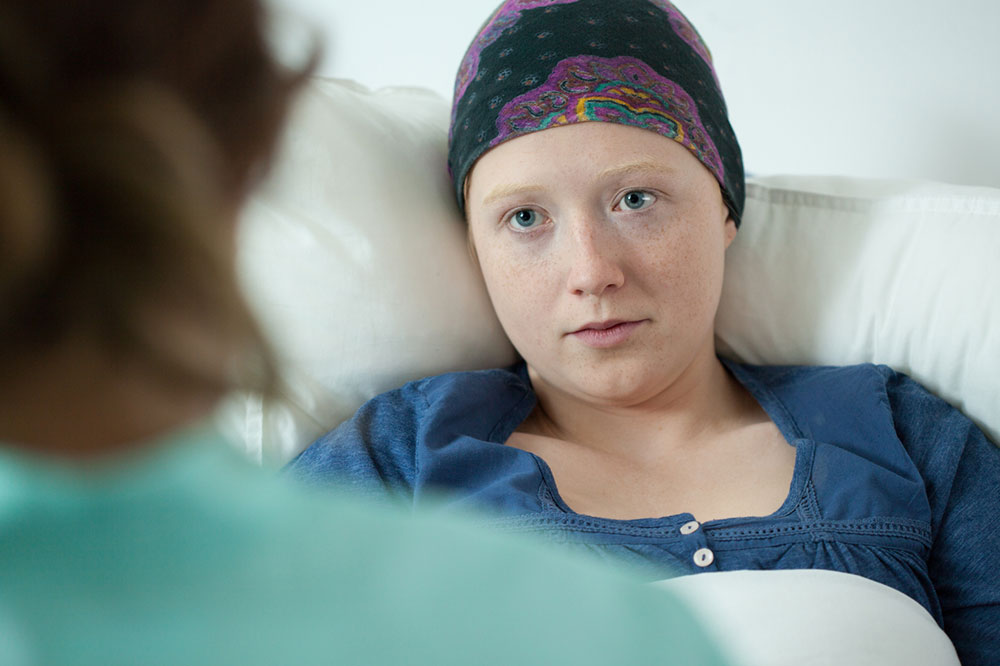Top 5 Therapeutic Approaches for Myeloid Leukemia Management
Learn about the five primary treatment options for managing myeloid leukemia, including chemotherapy, radiation, targeted therapy, and stem cell transplants. Early diagnosis and tailored treatment plans are vital for effective disease management and improved outcomes.

Top 5 Therapeutic Approaches for Myeloid Leukemia Management
Myeloid leukemia, particularly acute myeloid leukemia (AML), is a rapidly progressing cancer that requires prompt intervention. Early diagnosis significantly improves treatment success. Treatment typically begins shortly after diagnosis and is tailored based on patient age, overall health, leukemia subtype, and side effect risks. Below are the primary treatment options doctors often recommend.
High-dose Chemotherapy This frontline therapy aims to eradicate leukemia cells in the bone marrow and bloodstream using powerful drug combinations administered through a vein, usually near the heart or arm. The primary goal is remission from AML symptoms.
Lower-intensity Chemotherapy Designed for patients who cannot tolerate aggressive treatment, this approach administers medications orally or intravenously without requiring hospitalization. It offers a less harsh alternative to intensive chemotherapy.
Radiation Therapy High-energy radiation is used to target and destroy leukemia cells, often in conjunction with chemotherapy or stem cell procedures. It’s also part of preparatory regimens before stem cell transplants. Rarely, radiation may target leukemia spreading to the brain or nervous tissues.
Targeted Drug Therapy This approach focuses on specific genetic mutations, proteins, or tissues that support leukemia growth. By interfering with these targets, the therapy inhibits leukemia cell division and prevents further spread, while also protecting healthy cells from damage.
Stem Cell Transplant Usually considered when chemotherapy fails, this procedure involves destroying remaining leukemia cells with high-dose chemotherapy and radiation. Donated healthy stem cells are then transplanted via blood vessels to restore normal blood cell production.










